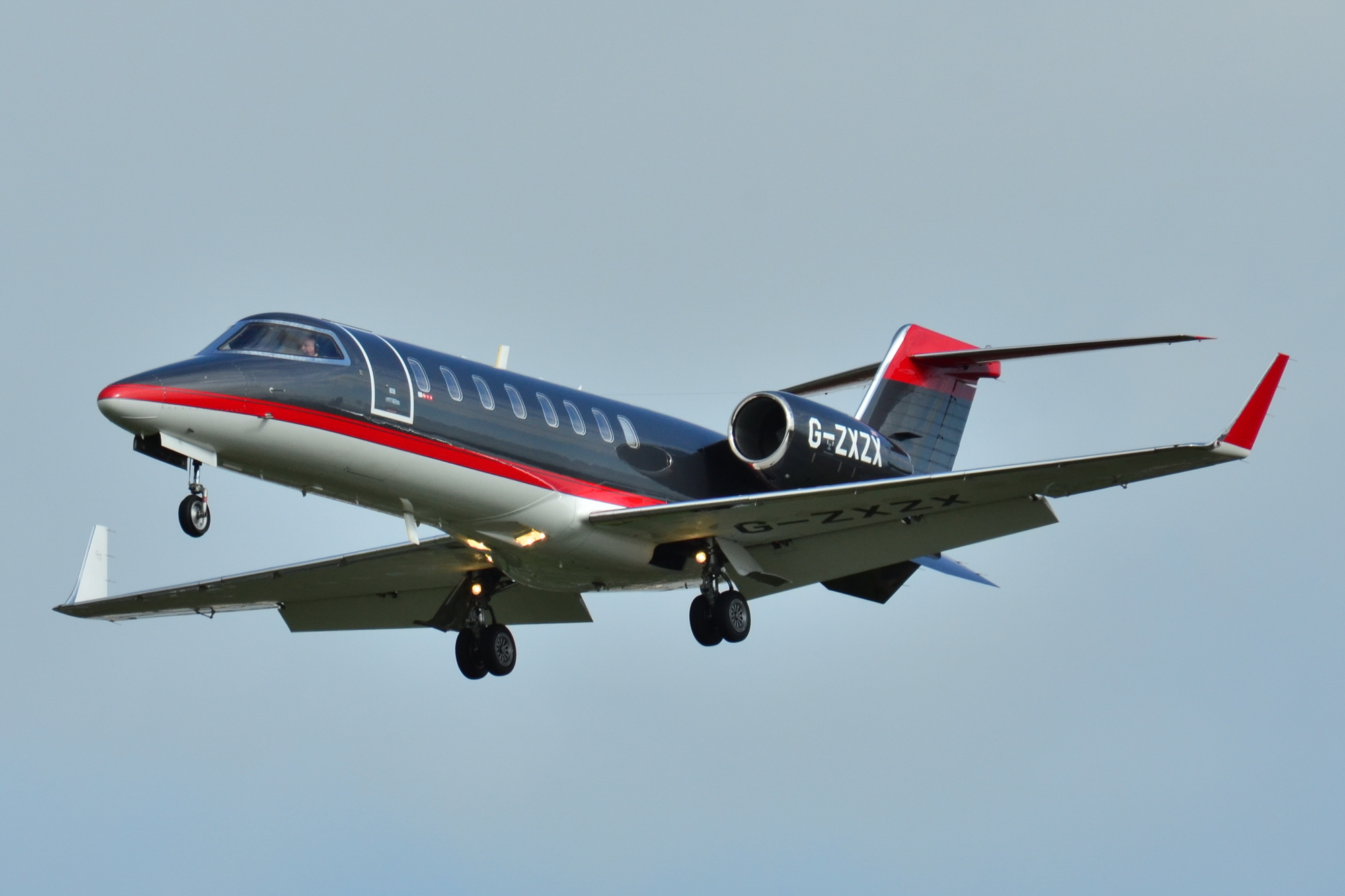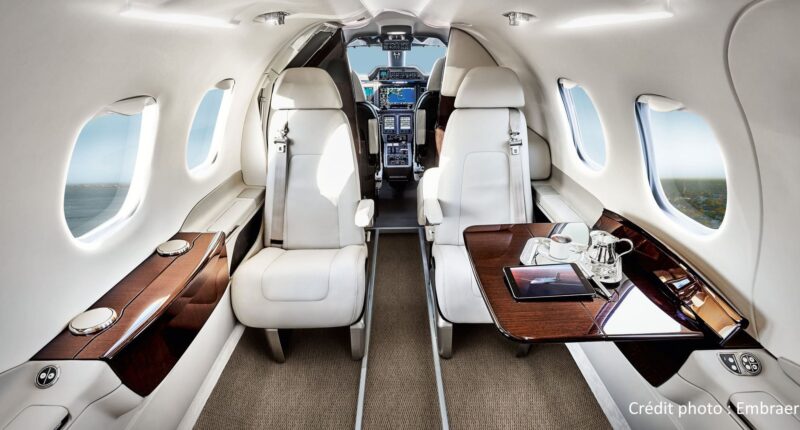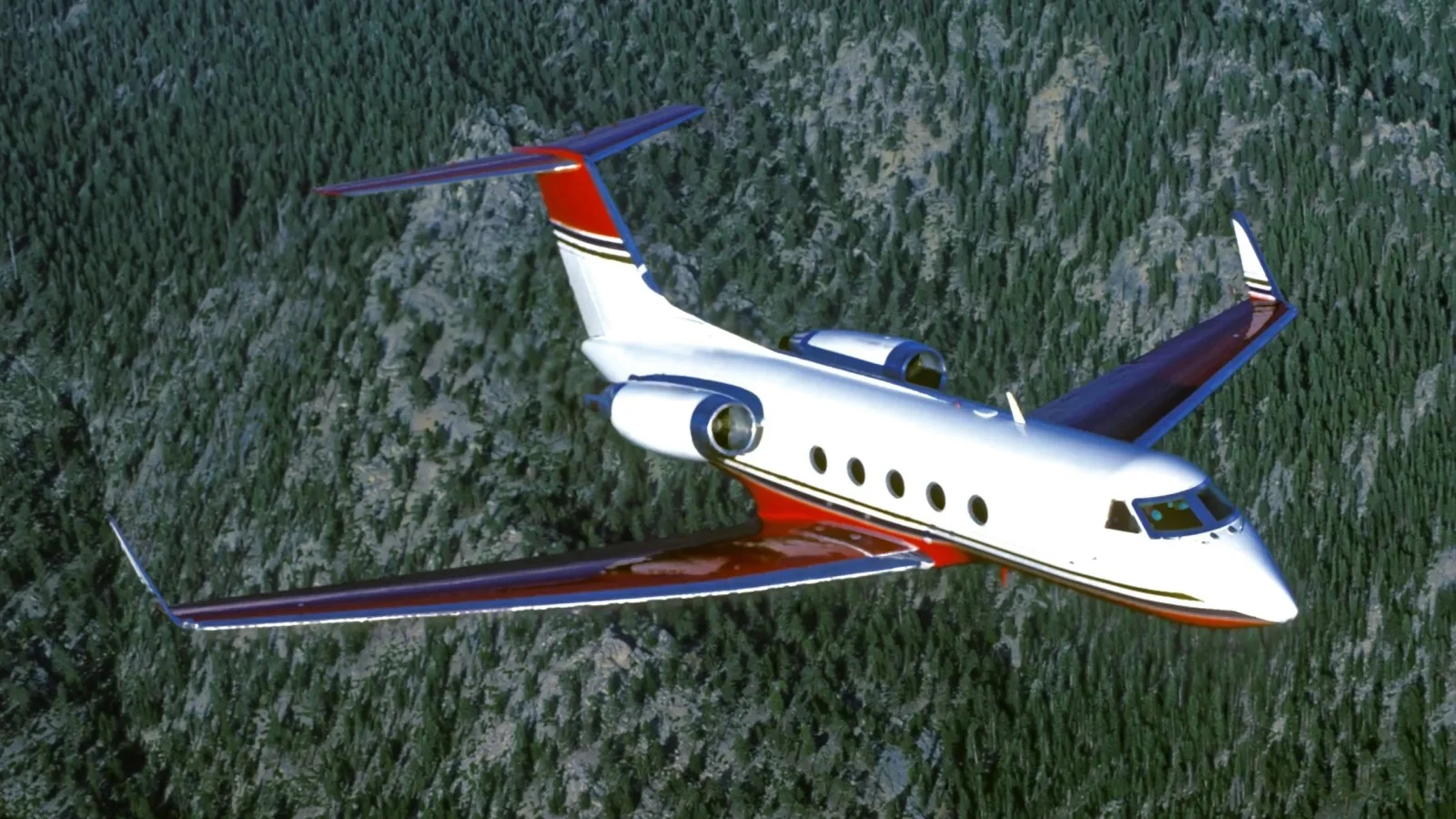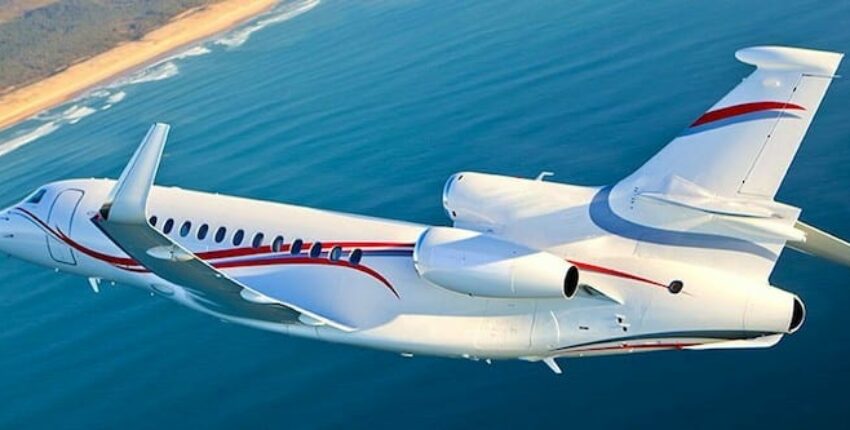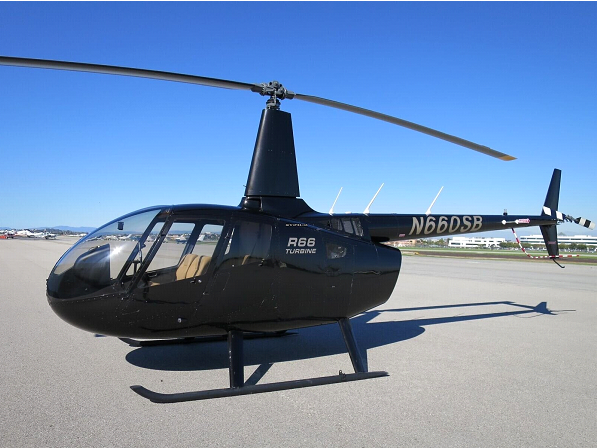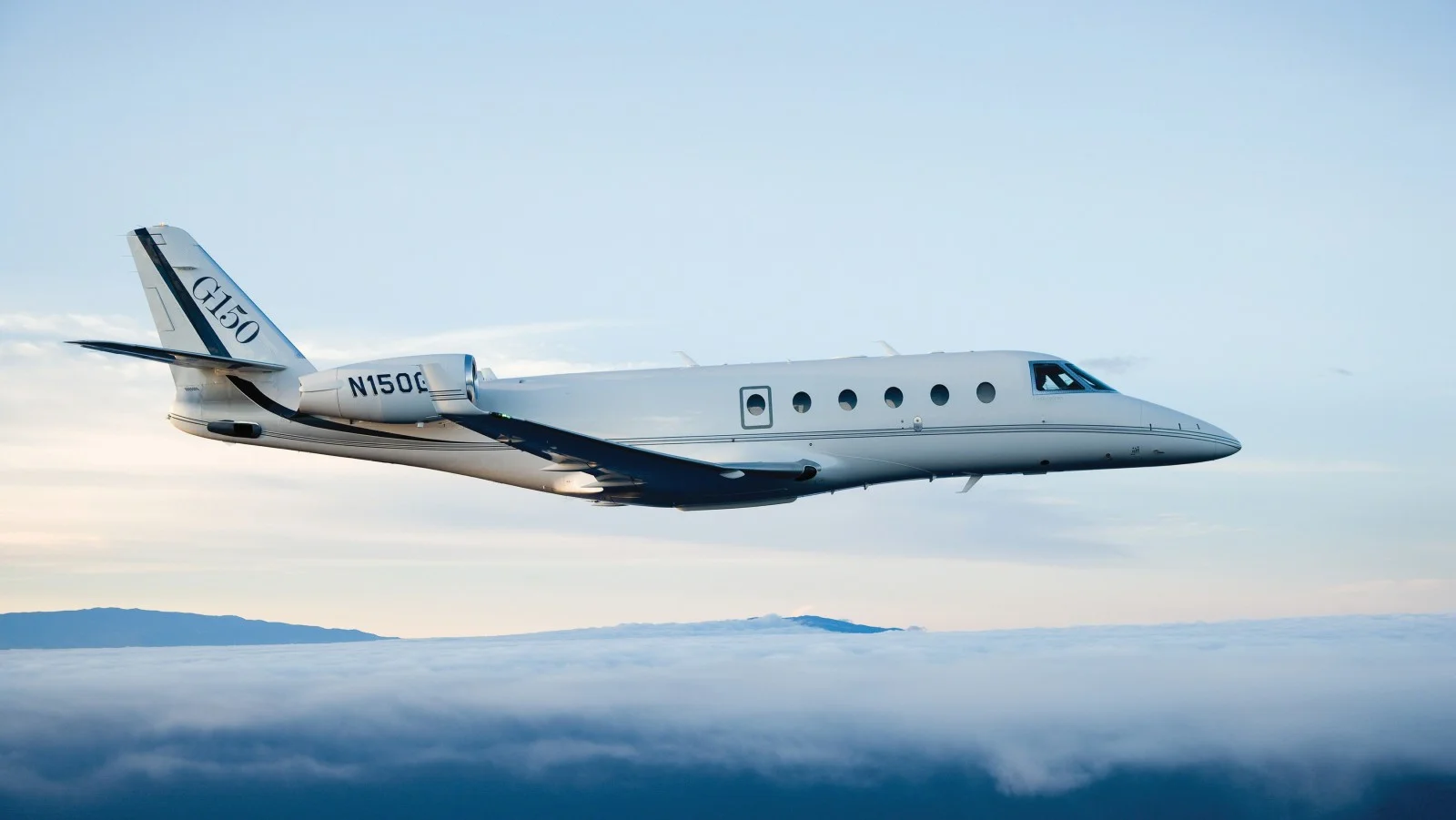Gulfstream G300 Review: A Large Cabin Mid-Range Jet That Still Turns Heads
7 min read

If you’re the kind of business traveler or private jet operator who values a spacious, comfortable cabin and solid performance without needing ultra-long-range nonstop capabilities, the Gulfstream G300 deserves a close look. Introduced in the early 2000s, this jet carved out a unique niche for itself, blending the luxury and space of Gulfstream’s larger jets with a more moderate range and price point.
Let's dig into what makes the G300 tick, from its origins and performance to cabin comfort and operating costs, and see if it still holds up in today’s competitive private aviation world.
History & Development

The Gulfstream G300 first took to the skies in late 2002 as a mid-range variant based on the Gulfstream IV-SP platform. Gulfstream's goal was to offer a large-cabin experience without the need for the ultra-long-range capabilities that define many of its bigger siblings. Think of it as a jet tailored to regional and transcontinental missions rather than nonstop intercontinental flights.
However, production was short-lived, only between 2003 and 2004, and just 13 units were ever built. This limited run means the G300 is somewhat rare, which has its pros and cons. On one hand, owning such a jet can make you stand out in the crowd. On the other hand, rarity can bring challenges in maintenance and parts availability down the line. Still, the jet's strong design and performance credentials have kept it relevant for operators looking for a large cabin with solid speed and range.
Performance Details
Performance-wise, the G300 punches well above its weight class in many ways. It has a respectable maximum range of roughly 3,485 nautical miles, with some sources citing up to 3,820 nm under optimal conditions. This means it can comfortably handle long regional trips, such as New York to London with a technical stop or Los Angeles to Hawaii with some fuel management. It’s not quite in the ultra-long-range league, but it fills the sweet spot for many transcontinental missions.
When it comes to speed, the G300 cruises at about 476 knots (around 548 miles per hour) and can max out at just over 500 knots, with a top speed reaching Mach 0.85. For a mid-range business jet, that’s impressive — you get to your destination quickly without sacrificing cabin comfort.
Altitude capabilities are solid as well, with certification up to 45,000 feet. Flying this high not only lets you avoid commercial airline traffic but also keeps you above much of the weather, contributing to a smoother ride.
One standout feature is its runway performance. The G300 requires about 4,900 feet for takeoff and between 2,650 and 4,400 feet for landing, depending on runway conditions and weight. This ability to operate from shorter runways gives you access to a wider variety of airports, a critical factor for business travelers who want to get closer to their final destinations.
Under the hood, the G300 is powered by two Rolls-Royce Tay 611-8 turbofan engines, delivering a combined thrust of around 27,700 pounds. These engines provide the jet with the necessary power for its performance specs, while also benefiting from Rolls-Royce’s reputation for reliability and smooth operation.
Cabin Comfort & Layout
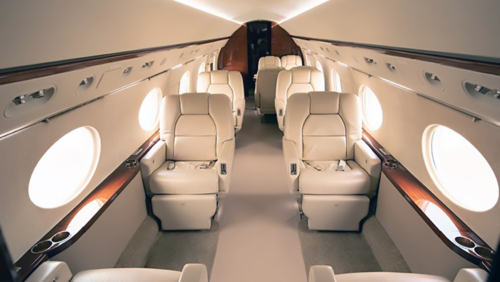
What really sets the Gulfstream G300 apart is its cabin. Gulfstream has long been known for crafting large, comfortable interiors, and the G300 is no exception. The cabin measures approximately 45 feet long, 7.3 feet wide, and about 6.1 to 6.2 feet tall, creating a generous space that’s perfect for business meetings, relaxation, or a mix of both.
The volume ranges between roughly 1,525 and 1,658 cubic feet, which is plenty of room for up to 13 passengers in a typical layout. Gulfstream often configured these interiors with three distinct zones. You’d commonly find club seating for four, a divan or couch for lounging, and a conference cluster for meetings or meals. This zoning makes the cabin versatile, able to smoothly transition from work to rest.
In addition to space, the G300 boasts some thoughtful features that enhance passenger comfort and convenience. Large oval windows flood the cabin with natural light and offer great views, something Gulfstream passengers have come to expect and love. The jet also features an enclosed lavatory, so privacy isn’t sacrificed, and a sizable galley that can support everything from simple refreshments to multi-course meals.
Baggage capacity is quite generous too, ranging from about 157 to 169 cubic feet, allowing you to bring along plenty of luggage, equipment, or gear without worrying about space constraints.
Tech & Avionics
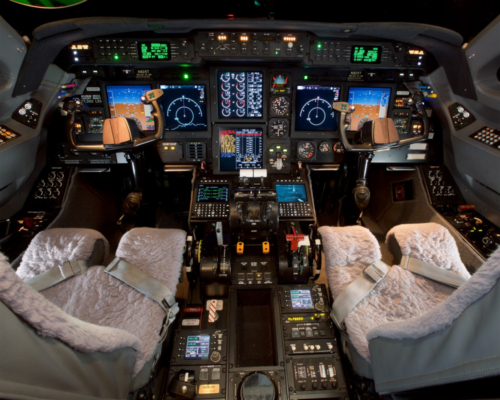
Gulfstream didn’t skimp on technology either. The G300 is equipped with the Honeywell SPZ-8400 integrated avionics suite, which includes six-tube Electronic Flight Instrument (EFI) displays. This setup gives pilots a comprehensive, easy-to-read view of the flight instruments, navigation data, and system status.
Advanced features include a Head-Up Display (HUD) that allows pilots to keep their eyes outside the cockpit while monitoring critical flight data, plus weather radar and Collins navigation and communication systems. This avionics package improves safety, situational awareness, and operational efficiency.
Moreover, the jet is fitted with advanced surveillance systems, which help meet modern airspace requirements and make the G300 a solid choice for operators flying in busy or restricted areas.
Operating Costs
Operating a jet like the G300 does come with a price tag, and it’s important to keep that in mind if you’re considering it for your fleet. Variable operating costs run at about $6,482 per hour, burning roughly 513 gallons of fuel per hour. Fuel burn is a major component of business jet operating costs, so this figure is a useful benchmark.
Annual budgets vary depending on usage. If you fly about 200 hours a year, you might expect to spend around $1.65 million on operating expenses, which include fuel, maintenance, crew salaries, hangar fees, insurance, and other variable costs. At 400 hours per year, that estimate jumps to roughly $2.7 million. Some estimates that factor in higher utilization and additional expenses push the annual budget to $4 million or more, reflecting an hourly cost upwards of $8,900.
If you’re chartering a G300, expect to pay roughly $6,000 to $7,500 per hour, with many operators charging around $7,200. While that’s not cheap, it’s competitive when compared to other large-cabin jets with similar range and performance.
Competition & Market Position
When sizing up the G300 against its peers, you’re looking at some strong rivals. The Bombardier Challenger 604 and 350, the Dassault Falcon 2000 series, and and even the smaller Embraer’s jets all compete in the same mid-to-long-range large-cabin category.
Each of these jets offers its own unique strengths — some boast longer range, others feature slightly larger cabins or newer avionics suites. However, the Gulfstream G300 holds its own with a combination of speed, cabin size, and that signature Gulfstream luxury feel. The advanced avionics package and solid runway performance add to its appeal.
One factor that may weigh on potential buyers is the very limited production run. With only 13 built, parts and support could become trickier over time, which is a practical consideration for maintenance and resale value. But for operators who appreciate the G300’s unique blend of features, this rarity can also be a selling point, making it a more exclusive option.
Pros and Cons
Summing it all up, the Gulfstream G300 offers a large and comfortable cabin that’s perfect for business travelers who want space and privacy. It delivers impressive speed and range for its class, backed by Rolls-Royce engines and advanced avionics that keep both passengers and pilots happy.
Its relatively affordable acquisition price on the pre-owned market, generally between $3.5 million and $4.5 million, makes it an attractive entry point into large-cabin business jets without the sticker shock of newer models.
On the downside, limited production means spare parts and technical support could be harder to come by. Operating costs are on the higher side compared to smaller jets, and the range limits its ability to fly nonstop on some of the world’s longest routes.
Final Verdict
All things considered, the Gulfstream G300 remains a compelling choice for anyone looking to blend performance, cabin comfort, and mid-range capability in one sleek package. Its spacious interior, advanced avionics, and solid runway versatility make it a jet that fits well on regional and transcontinental missions, delivering a premium experience every step of the way.
While the limited production might raise some eyebrows, the jet’s strengths outweigh the concerns for many operators. If you want to move beyond smaller midsize jets but don’t need the price or range of ultra-long-haul aircraft, the G300 offers an appealing balance of luxury, speed, and utility.
It’s a jet that doesn’t shout its pedigree loudly but impresses quietly through solid engineering and thoughtful design. Whether you’re a seasoned charter operator or a private owner, the Gulfstream G300 is worth keeping on your shortlist — a jet that still turns heads and gets the job done with style and confidence.
